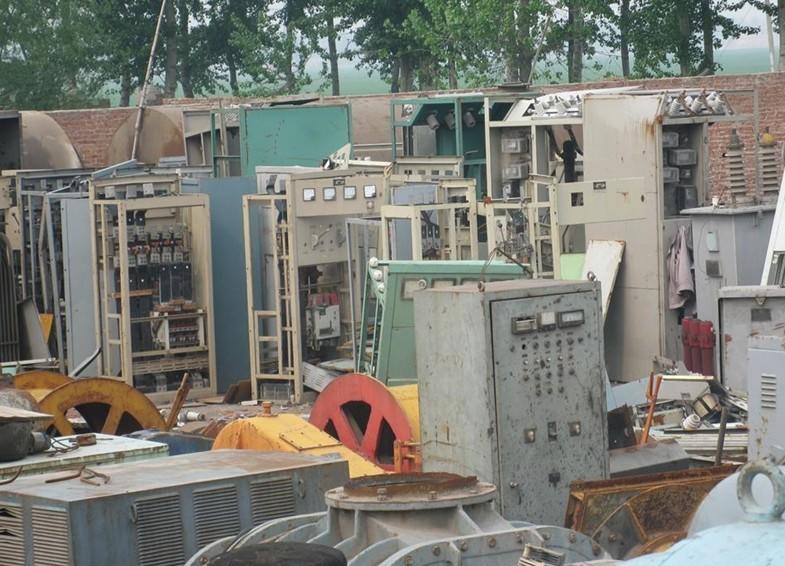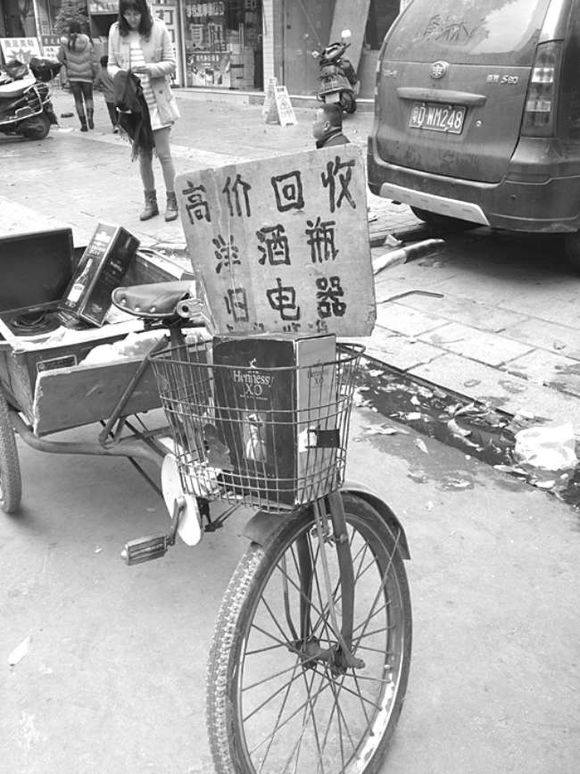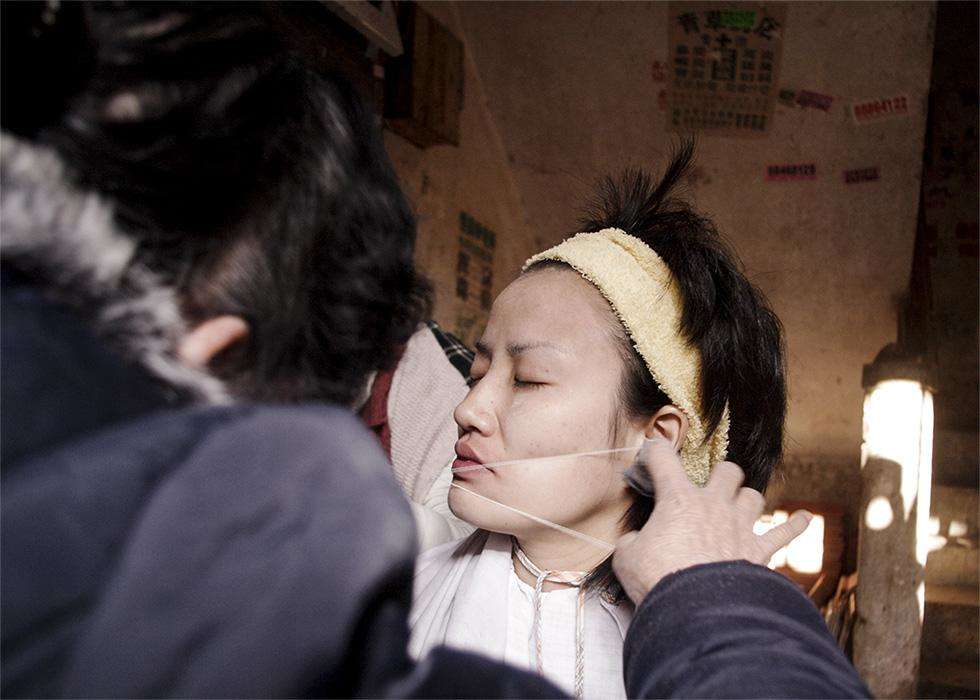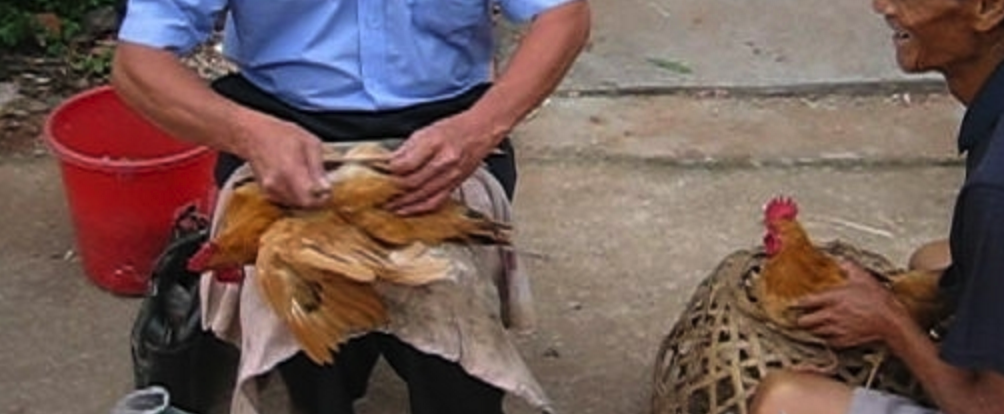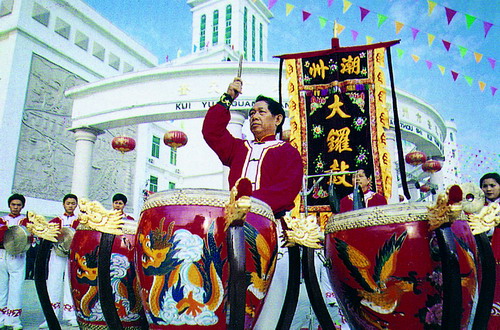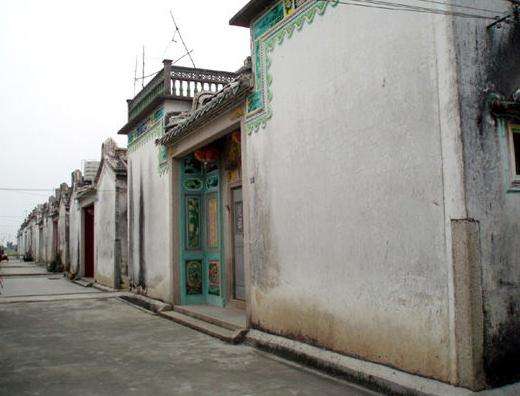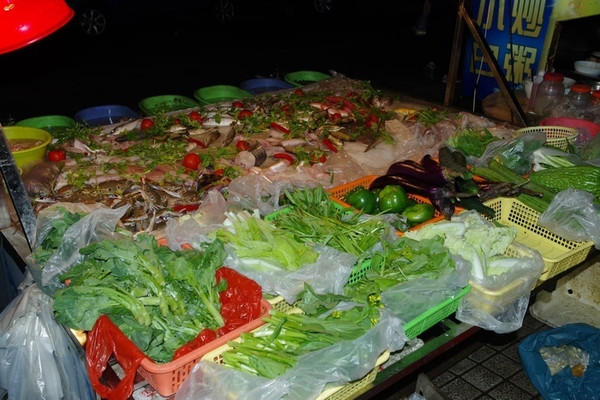Hucksters, peddlers and vendors around the streets and small lanes
Illustrator:Xiao Sheng
Editor: Emma Lu/Bob Fu
Translator: Andrew Wu/Nika Ye/Bobo Zhu/Jasmine Ding
Index:
In the past ages, saying 1950s to 1990s, the hucksters, peddlers, vendors around the streets and small lanes in downtown in Chaoshan area were widespread and enjoyed great popularity. Their business took an important role in our life. They severed us from selling daily necessary articles to recycling used things, from reparing appliances to offering beauty treatment. Once we felt we could not live without these street services. However, as scores of years went by, most of them have steped down from the history stage. The rest are still struggling to survive.
But they has never gone away from our memery. To some extent, they reflected the real life of the Chaoshan people in those ages. In the following, we translated this fabulous description about the former street business with literature and art pictures done by Xiao Sheng, a retired stage designer of the Shantou TV Station.
Recycling scrap metal and toothpaste shell
photo from baidu.com
When go downtown, no matter in main streets or small lanes, we can easily hear the sound “recycling scrap metal, used electric appliances” from the recorder of the hucksters. This reminds me of some other hucksters who were ever quite familiar to us.
In the 1950s, “recycle scrap metal, used paper and toothpaste shells”, from a long distance, a huckster who was always carrying two wicker Baskets shouted. Then residents might carry out a pile of waste paper and a few toothpaste shells to exchange money. You may wonder why the huckster recycled toothpaste shells. The reason is that toothpaste shells were mainly made of lead, a metal which was short of in that period. In those days, you couldn’t buy a new toothpaste just using money but had to took along with a toothpaste shell as well.
In the 1970s, however, waste collecting trolley appeared. With this equiment, huckster could collect more scraps and carry them much more easily. At this time, with the development of secondary industry, they could recycle more scrap metal and used paper than ever before. And more people joined this group.
In the 1990s, Huckster had a new equipment. They began to ride a tricycle, by which they could collect and carry wastes easily and quickly. They not only recycled scrap metal and used paper, but used washers and TV sets as well. If you had these things to handle, you just needed to call them, then they would collect these things themselves from yours house. This kind of huckster is still very common in the rural areas now. Nowadays, the huckster wants more things, such as used computers and refrigerators. They use a recorder to do their advertisements instead of shouting out to be heard by themselves. (photo from baidu.com)
Facial threading
photo from guokr.com
Facial threading, better known to Chinese as “Wan Mian”, is a traditional folk technique of facial hair removal practiced by old or mid-aged women. First, the beautician spreads some white powder on the consumer’s face to reduce the gloss of the fine hair. Then she holds one end of the cotton thread with her teeth and twists it by hands. As the thread, manipulated by her fingers, rolls over the face, the hair is removed.
In the old days, women usually did facial threading when there was a festival, happy event or wedding. Women also chat with each other during “Wan Mian”.
Index:
Foot bucket and waist bucket selling
The above talks about the women’s facial threading, now let’s change to the women’s bath equipment: waist bucket.
Waist bucket, made of Chinese fir, is an ancient bidet intended for woman to wash under parts of the body. It is about 50cm in diameter and 40cm in height.
Another kind of popular bucket is foot bucket, also made of Chinese fir and used for bathing and washing clothes. It has about 90cm in diameter and 20cm in height.
Most of the foot buckets and waist buckets are sold by the women from Jieyang city. In the picture, a woman, wearing a loose blue hakka dress and golden bamboo hat, is shouting out for consumers, yelling “Foot buckets and waist buckets are sold”.
Index:
Renew bucket bottom
When foot bucket, waist bucket and other wood bucket are used for a long time and impaired, people hire a woodworker to renew the bucket bottom. It’s not an easy job. The woodworker have to join pieces of wood together without using adhesive or nails.
It’s a men’s job, for which a man carries a shoulder pole with a wood toolbox in front and a bamboo basket in behind, filled with lumber, saw and a chair, yelling “Have your bucket bottom renewed”.
Index:
Castration of roosters and pigs
photo from 25xg.com
In the past time, it’s common for people in downtown to raise chicken and pigs at home for eggs and the meat used as ancestral sacrifices.
Citizens hire a castrater to castrate their roosters and pigs, like removing the testicle of the rooster, in order to prevent them from losing weight during the brunst season.
The castrater is also a vet for cats and dogs. He always rides a bicycle, attaching different kinds of small knives and pliers to his waist as a characteristic of his identity, traveling around the city streets and looking for business.
Index:
“Pen” selling
“Pen” is the common call for “surambi water” in Chaoshan dialect. “Pen selling” was a familiar calling to many Chaoshan people. Usually in the past years, the “pen” buyers came to take the “pen” early in the morning and their yell “pen selling” broke people’s sleeping dream.
Years ago, peasants, suburbanites and urbanites usually fed pigs, and “pen” was one of the main feedstuffs. Therefore, “pen” became a well-selling stuff. Each family set a jar for pouring “pen”in front of their house to let the buyer take it away.
Buyers in the 1950s often carried two buckets on a yoke, yelling “pen selling, pen selling” and buying “pen” from the different families.
(Someone also yelled “buying pen”. Actually, it should have been “buying pen” because the yeller would pay money to buy “pen”. When he called “pen selling”, that meant “come out to sell your pen” in Chaoshan dialect.)
In the 1960s buyers usually rode a bike, with one plastic bucket on each side of the backseat. Those who came to buy “pen” were often acquaintances of the providers, and they often came to buy “pen” at a certain time of the day.
Once the pig was sold (often called as “marrying pig “), “pen” buyer would bring two pieces of bread, which had been used for worship, to the “pen” sellers. At that time, a family (usually held four or five people) could make one or two cents a day through selling pen.
Index:
Drug drum
photo from baidu.com
It was common to hear and see “drug drum” in the past years. However, this business has gradually disappeared since the 1990s. In the old days, the drumbeat “dohn, dohn, dohn” were usually heard at the breakfast time. That was the pedlar swinging his swinging drum, which was his facia. The words “drug drum” came from “swinging drum”, because both of them share a similar pronunciation in Chaoshan dialect. As a result, people took “drug drum” for “swinging drum” over time and those who swung their drums and sold their wares were often named as “drug drum picul” or “drug drum seller”.
The “drug drum” seller often carried a fancy wooden container, in which were all the small articles of daily use such as sachets, toilet powder, rouge, “la dao” (It was made of aloe in shape of pieces and used to do up one’s hair. It served as the modern fixtures when it was dipped into water), vanishing creams, soaps, toothpastes, red head ropes, lamp wicks, elastics, needlework and tailor’s chalks. Consequently, women were the main consumers.
Index:
Clothes-dyer
photo from hengqian.com
Another “drug drum seller” came soon after the pedlar turned to the back street. This time, the drum was bigger but less fancy than the former one and gave out a sound like “pu, pu, pu”. He was the “clothes-dyer”.
Because of the nature of the job and the habit of smoking while working, the hands and chins of the clothes-dyers always had some dyed marks, making themselves very dirty. He carried his stuffs on his shoulder with a shoulder pole, on which one side was a wooden case with kinds of dye stuffs and the other was a bamboo crate with a forging hearth and a pan, yelling “Clothes dyeing” as well as swinging his drum.
People usually have their clothes repaired and dyed when they were worn out. Thus, clothes-dyeing became a small business which can serve simply and efficiently just in front of the client’s house by firing up the forging health and starting the dyeing process.
Index:
Fish sauce and soy sauce selling
At noon, a special small dolly would travel around, with the yelling of “Do you want fish sauce or soy sauce?”. On the dolly sit bottles of fish sauce and soy sauce; also with other two vats of fish sauce and soy sauce which were sold in bulk.
Most people would buy sauce in bulk with their own bottles. The price was counted by cent at that time, but the taste was very delicious!
Index:
Repair forging hearth or change the windows
Cooker has come a long way, twenty years ago were forging hearth and coal furnace, and now are liquefied petroleum gas cooker and induction cooker. The forging hearth is made of mud, easily to be broken. Thus, repairing them is a common thing.
The afternoon was a proper time to repair forging hearth as it would take three to four hours to be dry and wouldn’t delay supper.
Some repair men would use a dolly; the other would shoulder a bamboo crate, with a pail of mud. The mud is unusual, working as the main material to repair the hearth.
Index:
Repair copper pots, galvanized pots and metal pails
In the past, most daily commodities such as basins, buckets and plates were made of ironware, which were easy to be broken.
The man pushed a small dolly along the street and yelled “Repair broken pots and pails!” The small dolly was very interesting. Besides some necessary facilities, it also had a small charcoal stove used to burn iron scoop, accompanied with a manual fan. When the swinging the fan, the nice fire leapt out from the stove, very interesting.
Index:
The Verdigris Plaster Medicine
Every summer and autumn, it was common to see the “verdigris plaster medicine” seller around the downtown street. The man rode a bicycle with a stick, to which the plaster medicine adhered. In fact, he was a traveling doctor to cure children’s furuncle.
The man wore big trousers, a broad waist belt, a grass hat and a pair of sunglasses. He slowly cried, “Verdigris Plaster Medicine”, a little mysterious to the children.
Index:
Snacks in the evening
photo from chihe.sohu.com
When darkness covered down, various snacks came to the stage: Hou Guo, Gao Shao Bai Guo, Zong Qiu and sticky rice chitterlings.
Every vendor shouldered a dan, held a wind light, travelled around and yelled along the street, except the “Yun Tun” (kind of dumplings) seller, who didn’t cry but played a patter to attract passers while traveling.
Index:

